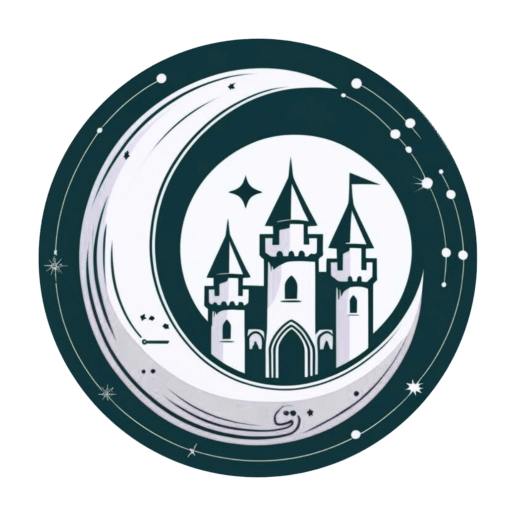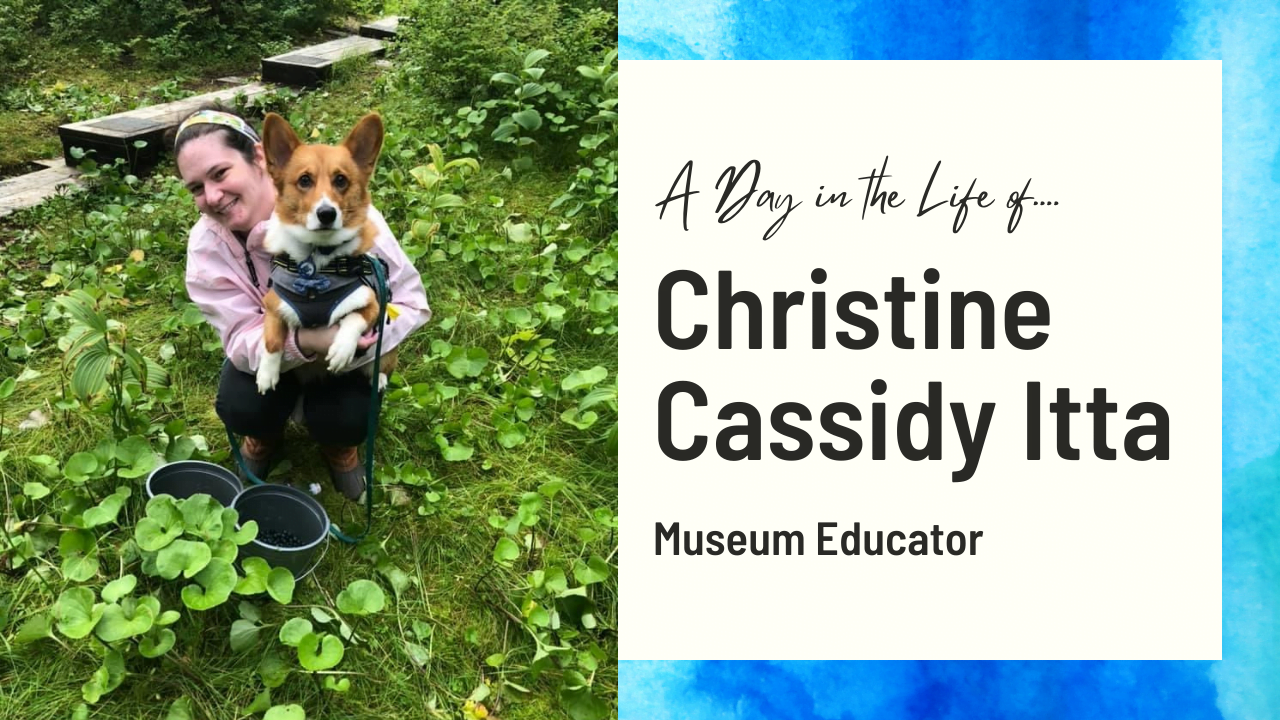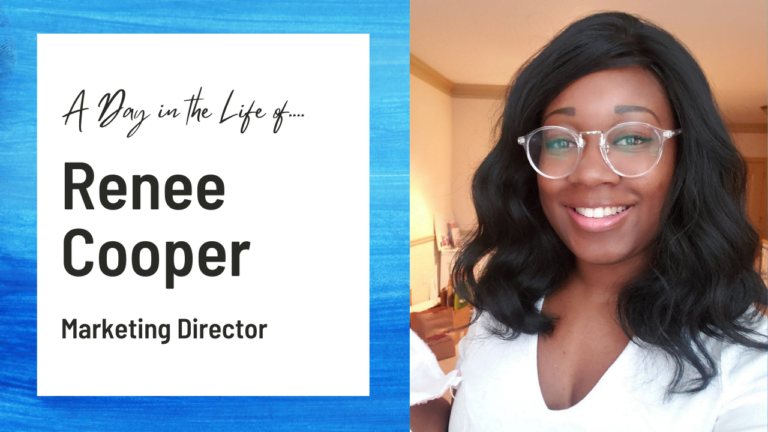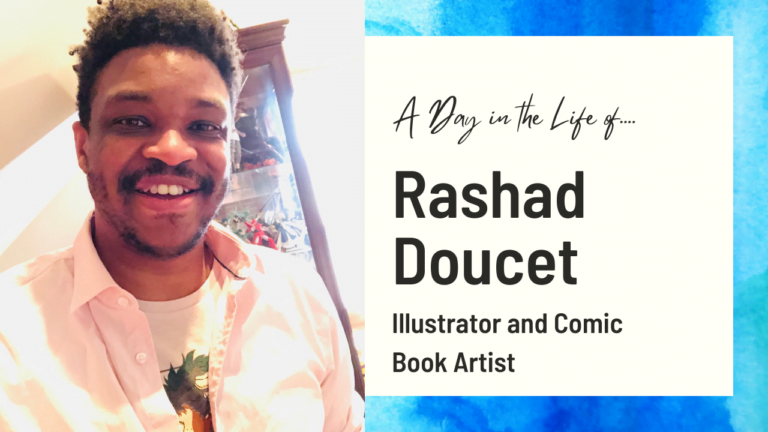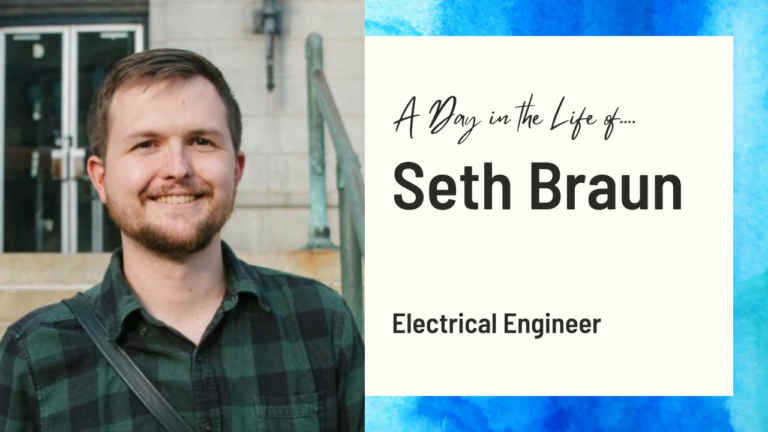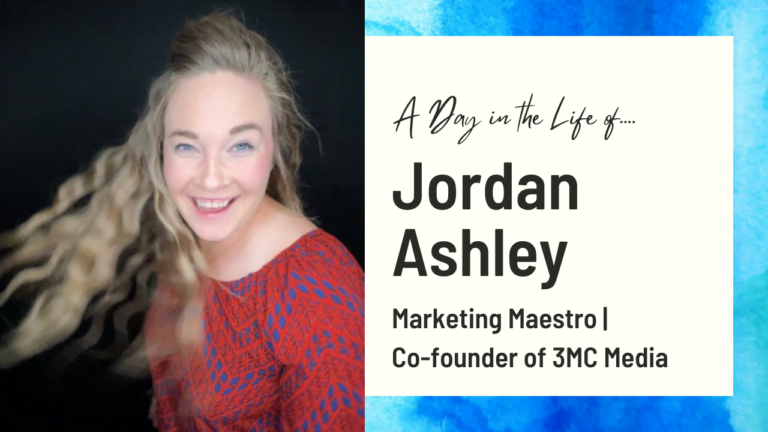How to Find the Teaching Career That’s Right for You with Christine Cassidy Itta
Have you ever thought about packing up and taking off for rural Alaska? If you’re adventurous enough to set off on that type of journey without looking back, you’ll definitely want to watch this episode of A Day in the Life.
Guest Christine Cassidy Itta shares her reasons for leaving South Carolina (where all her friends and family lived) to teach in a remote town in “The Land of the Midnight Sun” where she didn’t know a soul.
Now living in Anchorage where she is responsible for educational programming at The Anchorage Museum, Christine has become passionate about curriculum — especially when it comes to making sure kids (and by creating a ripple effect, all of us) are properly educated about the history of indigenous peoples in America.
Christine began her interview with a land acknowledgment, and shared many historical facts most of us never learned in school. Find out the native lands you live on here!

Like most people, the Covid-19 pandemic shook things up for museum educators, causing her job responsibilities to shift. But through it all, she’s never lost her focus.
In addition to the serious topics covered, you can learn a few new words and phrases, fun places to visit in Alaska, and what visitors from South Carolina think about seeing snow on Denali in June. We hope you’ll join us.
In this blog, we’ll discuss Christine’s path to becoming a museum educator, what a day in her life looks like, and how her values aptly remind us that the land we walk on is sacred and full of the memories and histories of generations past.
The path to becoming a cultural museum educator
Christine had a rich and varied early life. She attended a Presbyterian college, where she was a member of a sorority and enjoyed playing in band. After graduating, she became a teacher. Not long after starting her teaching career, Christine moved to Atqasuk in rural Alaska, where she met her husband Tony, who is Iñupiat.
Native to Alaska’s northern and northwestern arctic region, the Iñupiat are no strangers to cold and ice. In fact, it is an integral part of their way of life. They hunt both marine and land mammals, including birds and fish. The Iñupiat are hunter-gatherers and harvest berries when in season.
Christine and Tony have now been married for years. The duo currently live in Anchorage where Christine teaches as a museum educator.
When Christine initially left the lower 48, or the down states as some Alaskans say, she ended teaching in a remote village. Far from the urban conveniences many of us enjoy, Christine found herself in an incredibly small one-store town where the luxury of fresh fruits and vegetables are a rarity. Most locals have their food flown in, and the cost of groceries is substantially higher there.
Christine’s passion for interactive education with her students and her connection to her husband’s culture inspired her to delve into the world of indigenous education. She was fascinated by the rich history and culture of indigenous peoples, and she wanted to learn as much as she could about it. Not only for her own sake, but for her family and community. The more she learned, the more she realized how important it was to preserve and promote the real history of native people.
She chose to pursue museum education, which allows Christine to teach others about the people native to her local area, and also gives her the flexibility to choose what and how she teaches. In this vocation, she’s not bound by the same old curriculum or teaching methods as a traditional K-12 teacher is. She can tailor her lessons to the interests of her students and conversation happening nationwide.
Christine incorporates a variety of resources and activities into her programs. This flexibility allows her to be more creative and innovative in her teaching, thus resulting in a deeper connection with her students.
A day in the life of a cultural museum educator
Christine’s daily 9-5 is a whirlwind consisting of cultural connection and a real passion for what she does. To her, the land she lives on has a plethora of stories to tell – stories belonging to those who called and still call it home before colonizers arrived.
Depending on the day, she rotates between hospitality on the museum floor, leading CoLab, curriculum development, and more. Self-described as thirsty for knowledge, she finds a lot of enjoyment in curriculum development – something that takes ongoing education. She stays up-to-date on the facts and in touch with local and national talks on recognition of indigenous land and culture.
Unlike most education programs taught to kids and college students throughout the U.S., the curricula Christine works on is living. All material undergoes an internal review process, where elders and community leaders vet the information before official implementation.
The involvement of elders and community leaders in the review process ensures the information being presented is accurate, culturally sensitive, and relevant. These community members bring invaluable insights that only a deep understanding of their own heritage can provide. Their wisdom, gleaned from a lifetime of experience and inherited knowledge, ensures that the material taught resonates authentically with the native peoples’ unique history.
The vetting process by elders and community leaders also serves as a safeguard against misrepresentation and cultural appropriation. It ensures that the information presented is not only factually correct but also respectful and reflective of the community’s values. By incorporating real voices and local wisdom, the peoples’ heritage can be honored.
While Christine is passionate about teaching, she’s not a fan of the behavior management and grading that comes along with being a standard educator. The flexibility of and ability to shape what’s being taught is one of her favorite things about her job.
Outside of work, you’ll find Christine spending time with her family and cutting up muktuk with an ulu, a sharp knife used to cut up whales and other types of fish.
Moving from South Carolina to the vast and wild state of Alaska was a culture shock, to be sure. However, as Christine puts it, “Don’t be afraid to try new things”. She has acclimated well and is enjoying a more traditional way of life.
Understanding and honoring land acknowledgments
Prior to the start of all programs, Christine takes a couple minutes to conduct land acknowledgements. The practice of land acknowledgment is a powerful way for natives and non-natives alike to recognize the histories and cultures that shape the places we call home.
Land acknowledgments are more than just words; they’re a recognition of the indigenous peoples who have inhabited the lands long before us. They provide an opportunity to acknowledge the deep connections these communities have to the earth, the traditions they’ve nurtured, and the wisdom they’ve imparted. By acknowledging the land we stand on, we acknowledge the complex histories, triumphs, and struggles that have shaped our present.
It’s a good practice to remind ourselves of our responsibilities as inhabitants of these lands. They call us to engage in ongoing education about the cultures that have been marginalized and the histories that have been silenced. They encourage us to advocate for the rights of indigenous communities and support initiatives that empower them.
Approaching land acknowledgments with sincerity and respect is crucial. Land acknowledgments help bridge the divide between cultures and promote inclusivity. They create a space for dialogue, reflection, and the sharing of stories. They emphasize that our societies are enriched when we honor diverse perspectives and cultivate connections.
Here are some ways to explore land acknowledgments:
Self-reflection:
- Why do I want to implement land acknowledgments as a practice in my life?
- What is my goal?
- What, if any, action will listeners take after hearing my land acknowledgment?
- How can I make an impact?
- Who is my audience?
Do the homework:
- Get the facts on who is native to your area, their history, and any treaties
- Mention indigenous people from the community you are acknowledging
- Make sure you correctly pronounce the names of the tribes, places, and people in the acknowledgment
Some other good pointers are not to use past tense language and to remember land acknowledgements function as celebrations of thriving native communities.
Finding the teaching career that’s right for you
From working the museum floor to shaping local curriculum and teaching young minds and old, Christine’s dedication to her craft is clear. Her journey is a reminder for us that sometimes in life, we don’t end up where we think we will. And that’s okay.
Embracing the unknown and jumping headfirst into a completely new way of life isn’t easy, but Christine’s journey helps us recognize it’s worth it in the end. The work Christine does makes a true impact on her community. Her life is enriched by her own ongoing cultural education, which she in turn shares with others.
At one point, Christine was a ‘regular teacher’. That’s what she went to college for. She discovered she didn’t quite enjoy certain aspects of traditional teaching, like behavior management and grading. She knew there was something else out there for her, and when she found a profession that fueled her thirst for knowledge, she pursued it.
If you are a traditional teacher thinking about changing careers and exploring museum education, take some inspiration from Christine.
Here are some additional tips for changing careers:
- Do your research and make sure you have a plan
- Network with people in your desired field
- Get the necessary training and education
- Be prepared to work hard and make sacrifices
- Don’t give up!
Through Christine’s commitment to indigenous education, she showcases the importance of honoring history while recognizing the diverse narratives that have shaped the places we call home. Her work as a museum educator and her engagement with indigenous education initiatives underscore the transformative power of what’s possible when we align our values with our professional pursuits.
Christine’s willingness to embrace change, immerse herself in a totally new culture, and continually seek knowledge is vital for personal growth and understanding. Her story encourages us to step out of our comfort zones, embrace curiosity, and approach each day with a grateful heart and a thirst for learning.
